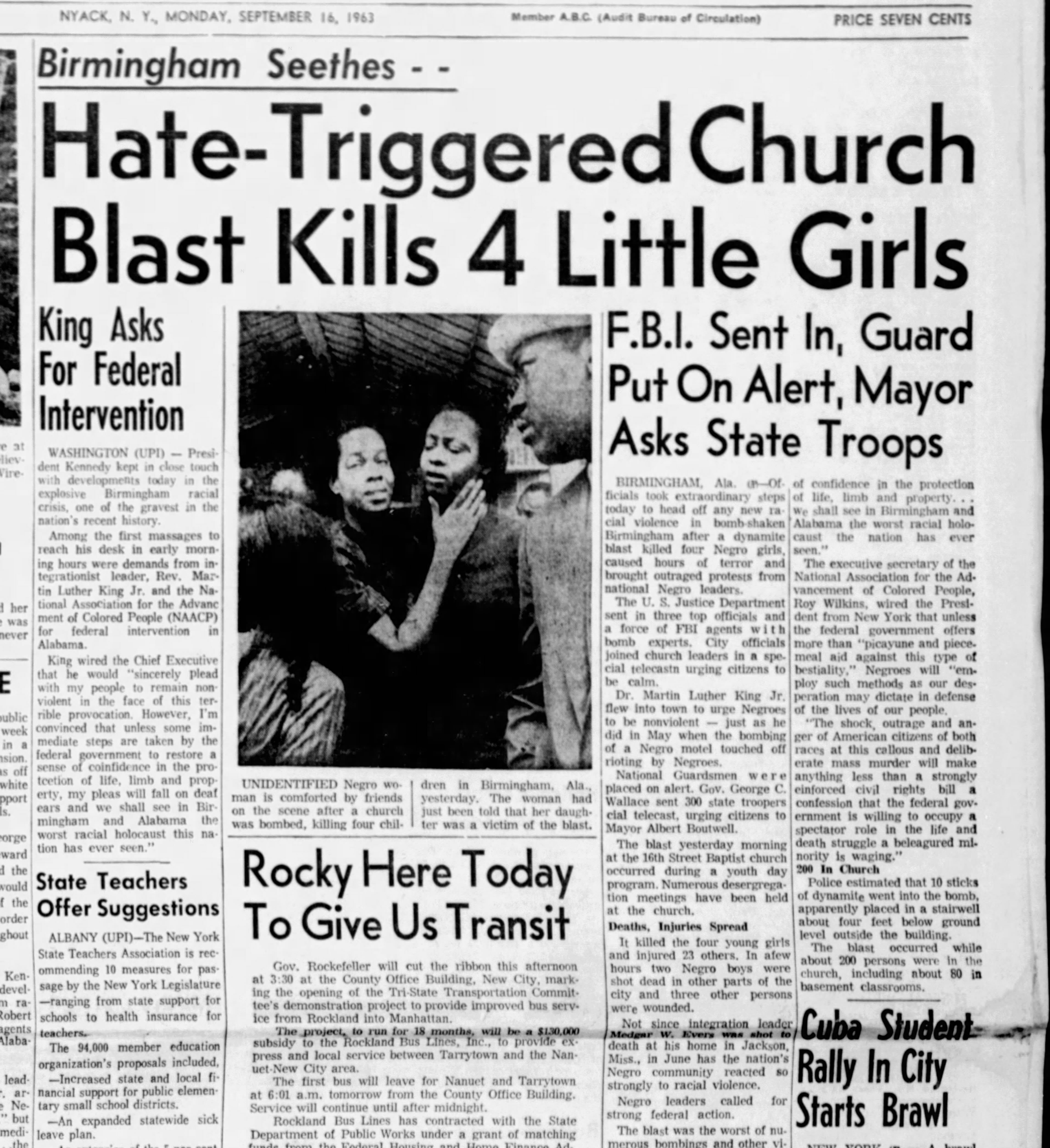Excitement About News Articles
Excitement About News Articles
Blog Article
News Articles Things To Know Before You Buy
Table of ContentsThe Definitive Guide for News ArticlesThe smart Trick of News Articles That Nobody is DiscussingThe Greatest Guide To News ArticlesThe Single Strategy To Use For News ArticlesThe 5-Minute Rule for News Articles
Excellent understanding of various topics offers trainees an one-upmanship over their peers. Even though electronic and social media sites are conveniently accessible, we ought to not neglect how vital it is to read the newspapers. Moms and dads have to attempt and instill the behavior of checking out a newspaper as an everyday regimen to continue the legacy of the adored print tool.News tales additionally have at the very least one of the following important attributes about the intended audience: distance, importance, timeliness, human interest, strangeness, or consequence. The associated term journalese is sometimes used, typically pejoratively, to refer to news-style writing. One more is headlinese. Papers generally abide by an expository writing style.
Within these limits, news tales additionally intend to be thorough. Amongst the bigger and much more recognized newspapers, justness and balance is a major element in offering information.
Papers with an international audience, for example, tend to utilize an extra formal style of creating. News Articles.; usual style overviews consist of the and the United States Information Style Publication.
Some Of News Articles
Generally, journalists will not utilize a lengthy word when a short one will certainly do. They utilize subject-verb-object construction and dazzling, energetic prose (see Grammar). They supply stories, examples and allegories, and they seldom depend upon generalizations or abstract ideas. Information authors try to prevent using the same word greater than once in a paragraph (often called an "resemble" or "word mirror").
Headings sometimes omit the topic (e.g., "Jumps From Boat, Catches in Wheel") or verb (e.g., "Pet cat woman lucky"). A subhead (also subhed, sub-headline, subheading, subtitle, deck or dek) can be either a secondary title under the major headline, or the heading of a subsection of the write-up. It is a heading that comes before the main text, or a group of paragraphs of the major message.

Extra billboards of any of these types might appear later on in the article (particularly on succeeding pages) to entice more reading. Such billboards are likewise used as reminders to the post in other sections of the magazine or site, or as advertisements for the piece in various other publication or websites. Regular structure with title, pop over to this site lead paragraph (recap in strong), various other paragraphs (information) and contact info.

Example of a hard-lead paragraph NASA is proposing one more area job. The budget demands around $10 billion for the task.
An "off-lead" is the second most vital front page information of the day. To "bury the lead" is to start the short article with history information or information of secondary relevance to the readers, compeling them to read more deeply right into a short article than they need to have to in order to uncover the important points.
Little Known Facts About News Articles.
Common use is that one or more sentences each develop their very own paragraph. Journalists generally describe the organization or structure of a newspaper article as an inverted pyramid. The vital and most intriguing components of a tale are placed at the beginning, with supporting info adhering to in order of diminishing value.
It allows people to check out a subject to only the deepness that their inquisitiveness takes them, and without the charge of information or subtleties that they can consider unimportant, however still making that info offered to much more interested visitors. The inverted pyramid structure likewise enables short articles to be trimmed to any arbitrary length throughout format, to suit the area offered.
Some authors start their stories with the "1-2-3 lead", yet there are several kinds of lead available. A kicker can refer to numerous things: The last story in the news program; a "pleased" tale to finish the show.
Longer articles, such as publication cover posts and the pieces that lead the within areas of a paper, are referred additional reading to as. Feature stories differ from straight information in numerous ways. Foremost is the lack of a straight-news lead, the majority of the moment. As opposed to using the essence of a story up front, function writers might try to tempt visitors in.
The smart Trick of News Articles That Nobody is Talking About
An attribute's first paragraphs usually relate an interesting minute or occasion, as in an "anecdotal lead". From the details of an individual or episode, its sight promptly expands to generalities concerning the story's subject.

The Editor's Toolbox: A Recommendation Guide for Beginners and Professionals (2001) Allan M. Siegal and William G. Connolly. The New York City Times Handbook of Style additional hints and Use: The Authorities Style Overview Used by the Writers and Editors of the Globe's Many Authoritative Newspaper (2002) M. L. Stein, Susan Paterno, and R.
Report this page